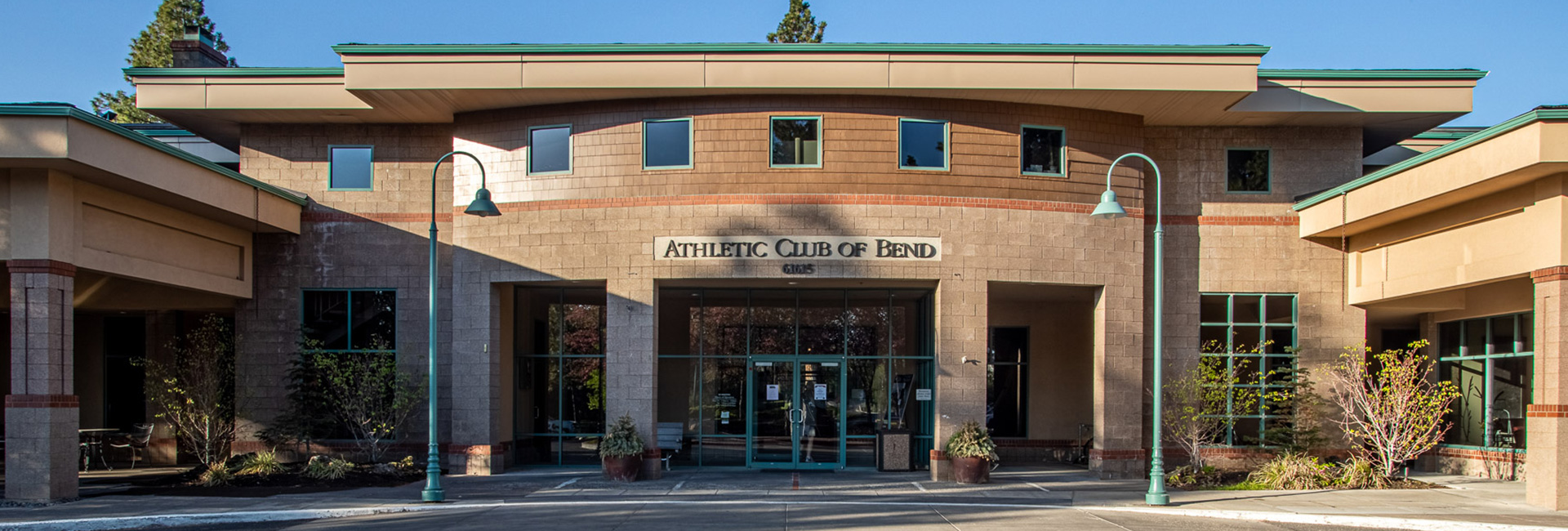Patient-centered, collaborative physical therapy in Bend.
One of the most unique aspects of Therapeutic Associates Physical Therapy – Athletic Club of Bend is the clinic’s location within the club itself. The vibrant, upbeat atmosphere tends to provide patients with a feeling of optimism and determination.
“Our patients are walking in amongst others who are coming in to do their regular workouts and activities and so there’s a sense of energy and enthusiasm,” explained Laura Cooper, physical therapist and clinic director. “I have observed patients coming in on crutches and someone holds the doors open for them, and then someone else bounds up the stairs in front of them. I think that on a subconscious level, that’s motivating as patients think, ‘Okay, I’m going to get back to that.’”
Laura has been leading the team at Therapeutic Associates Physical Therapy – Athletic Club of Bend in patient care since 2001, working with a wide variety of ages, abilities and activity levels. There’s an art to partnering with patients, she said, that involves understanding what their desires are and what drives them.
“In the initial meeting, it’s key for us to get a clear understanding of what the patient’s goals are and not just what we may expect or assume they’re after,” Laura explained. “Doing that absolutely makes the whole process more meaningful for our team and for the patient.”

Utilizing a care team model, each staff member at the clinic plays an integral role in every patient’s physical therapy journey. Touchpoints happen throughout each visit, from check-in to assessment, warm-up and treatment to execution of prescribed exercises.
“There is a sense of community and camaraderie within our team because of how we’re able to collaborate to take care of patients efficiently and timely,” Laura said. “Maybe at check-in they’re sharing that they’re really excited to climb South Sister, or that they were able to do two hours of gardening over the weekend – twice as much as the time before, and that’s relayed to the rest of their care team.
“Our exercise specialists not only ensure the patient is doing their warm-up exercises with correct form, but that the PT is starting on time and has all the pertinent information about what the patient has shared.”
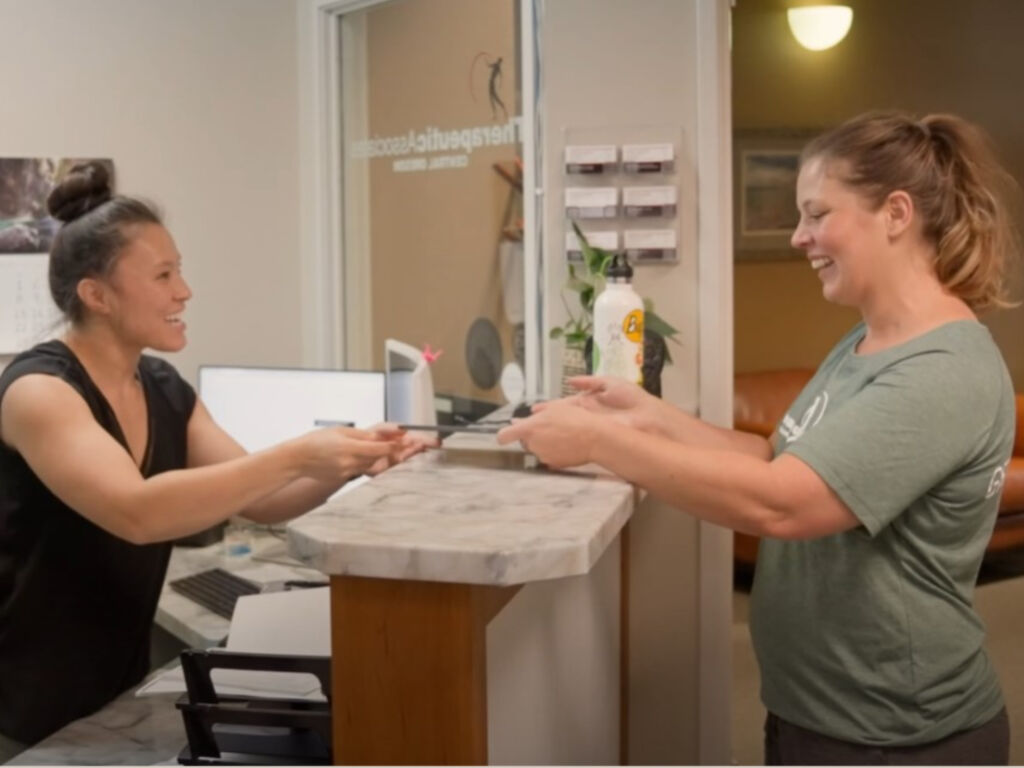
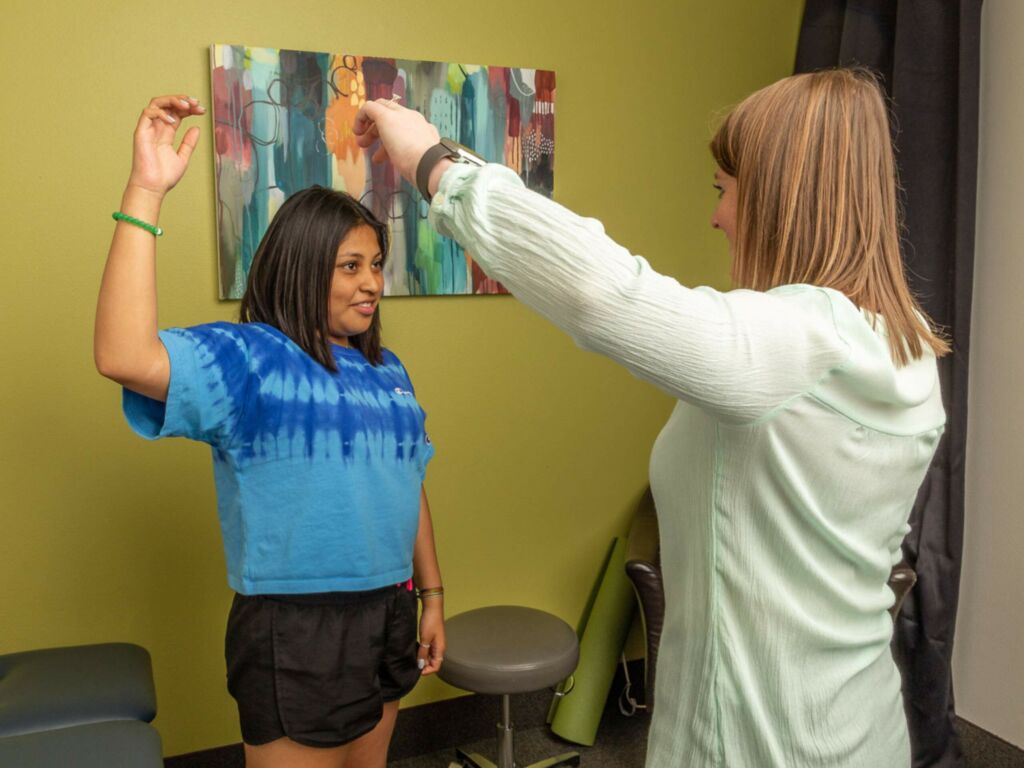
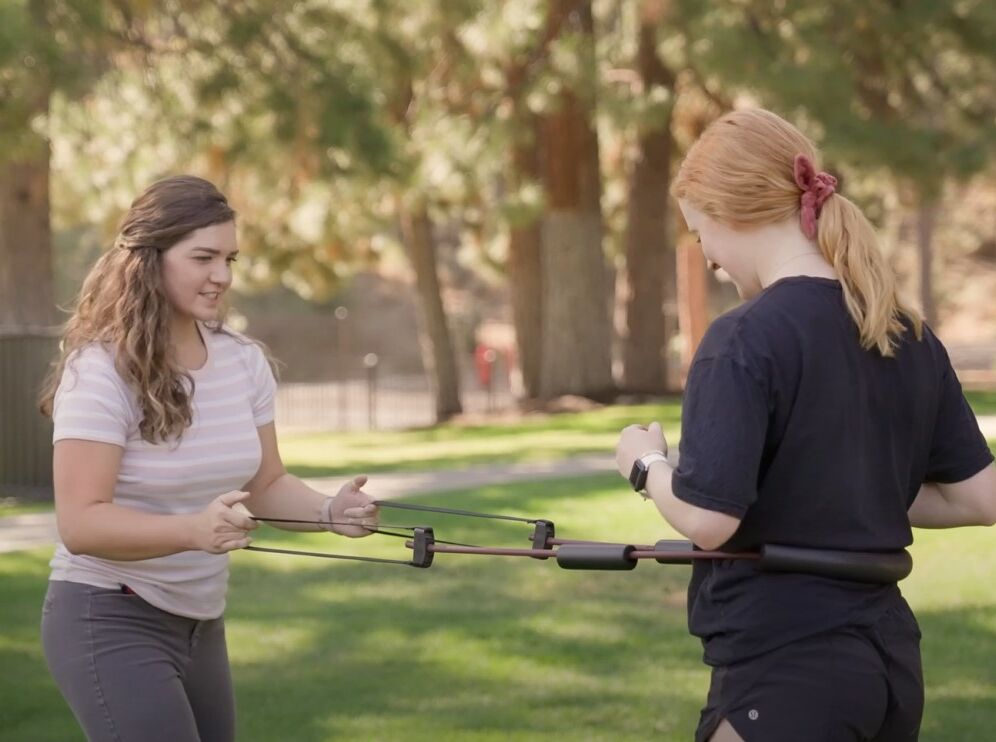
Listening to patients leads to understanding what drives them, which is key to identifying the best treatment approach. Designing a custom plan of care for a patient includes co-creating goals with them, Laura said.
“We want our patients to be excited to be here. We try to make it fun so it’s not an onerous, mundane thing they feel like they’re just having to go through,” she added. “The majority of patients need a creative approach to rehabilitation so they can stick with it and be successful.”
Additionally, each patient is paired with a physical therapist on the team who is best suited to work with them. As musculoskeletal experts, the team boasts a wide range of specialties including back and neck pain, sports medicine, pre- and post-operative, pediatric PT, aquatic therapy, pelvic health PT and neuro PT which can be valuable for post-concussion, vertigo and degenerative conditions such as Parkinson’s disease.
For patients, working with a therapist who specializes in the type of treatment they need elevates the experience and often leads to quicker and better outcomes.
“As a provider, when I am working with pre- and post-partum women or post-mastectomy patients, that is especially meaningful to me,” Laura shared, adding that it’s so much more than a job, it’s a passion. “And so, I think it’s both advantageous to the patient to partner with a PT who has a skillset specific to what their need is, and also really meaningful to the provider.”
Laura’s husband and long-time physical therapist, Chris Cooper, specializes in treating injured and well golfers – those who want to improve their strength and mobility as it pertains to golf and those who’ve been injured on or off the golf course and are highly motivated to get back in the game. His passion for working with golfers is evident in the addition of the golf fitness and performance program offered at the clinic.
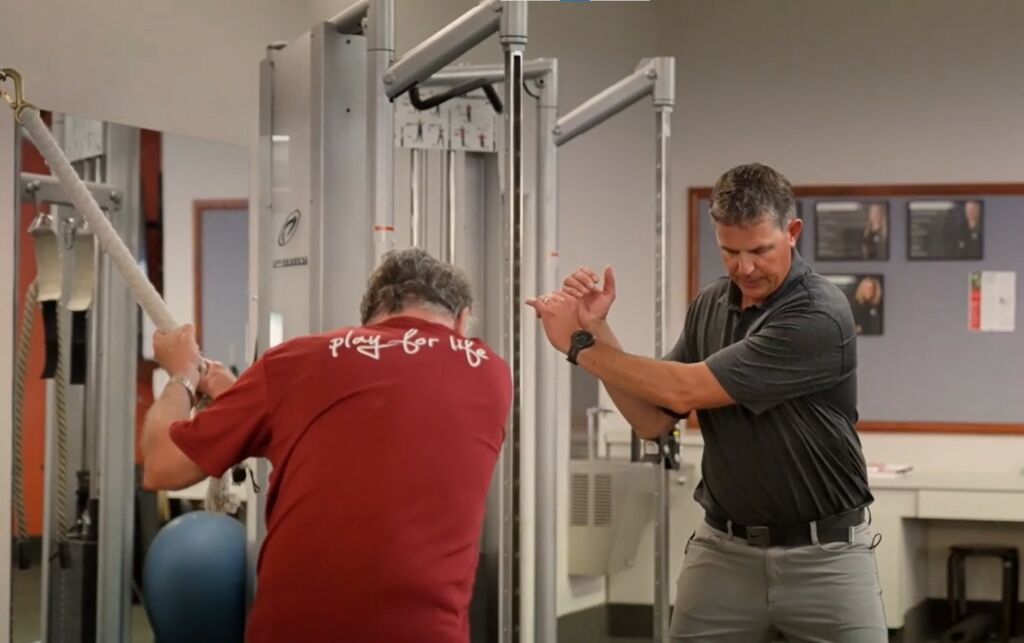
Another advantage to working with the team at this clinic is the access to the Athletic Club of Bend facilities. The clinic’s small footprint is expanded exponentially by the use of both the indoor and outdoor areas including the pools, the basketball court, the tennis courts, the large courtyard, the studio space and the gym spaces. This allows the PTs to treat their patients in environments that are sport- and activity-specific and meaningful to their pursuits. It also lends a motivation element for patients as they work alongside and engage with others who are not going through a rehab program.
While there are a number of ways the physical therapy teams meets their patients’ needs, manual therapy is a key part of the care plan. Depending on a patient’s condition, this may include soft tissue massage and myofascial release, which a therapist can perform using their own hands or with the use of cups. Cups come in a variety of shapes and styles and are an ideal tool for decompression.
“It’s the opposite of foam rolling, in which you put pressure on tissue to release it,” Laura explained. “Instead, with cupping you’re creating space through the injured or painful tissue.”
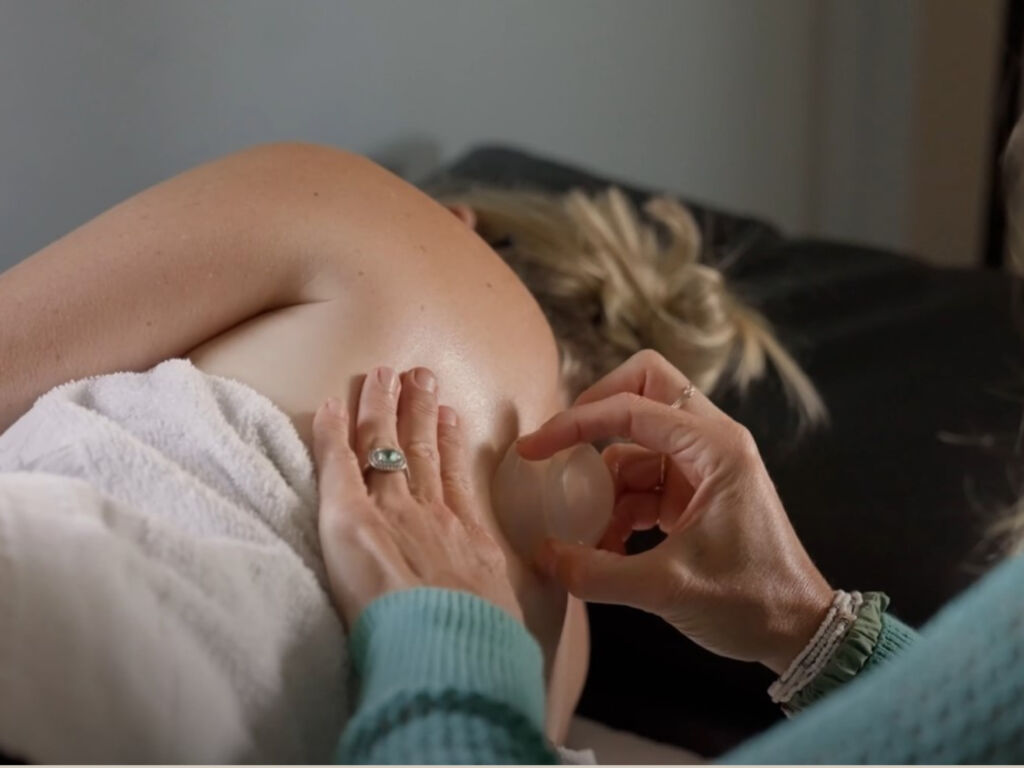
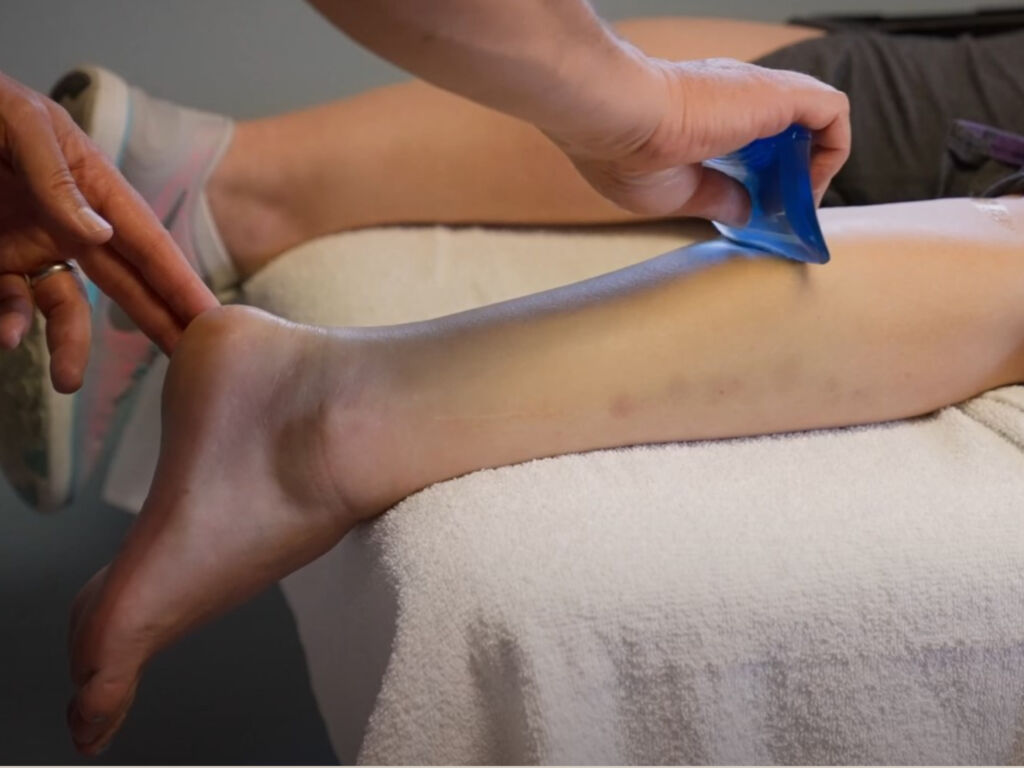
Another tool often used within manual therapy is ASTYM, which augments soft-tissue mobilization and breaks down dysfunctional tissue while allowing functional restoration to occur.
Using cups and ASTYM tools, Laura explained, can be helpful in decreasing tension in something such as a really tight, thick, challenging IT band. They can also be helpful for patients with a lot of scarring, including post-mastectomy or after orthopedic surgery.
Along with manual therapy, patients can expect to be prescribed a therapeutic exercise program that utilizes items they have access to at home or at the gym, such as kettle balls, dumbbells or resistance bands. Some patients may also benefit from BFRT (Blood Flow Restriction Training), a newer technology that facilitates recovery and rehabilitation at a higher level.
“In addition to our more traditional in-clinic physical therapy offerings, we also offer therapeutic yoga, which is fundamental to physical therapy exercises,” Laura said. “A bridge pose is a yoga pose but it’s also something that every PT is taught in their first year of PT school as an effective exercise, and when you combine the breathing with it and the calming down and tuning in to your body, I think that is just really key.”
Teaching patients to tune in to what their body needs while guiding them to understand the demands of their life and focus on their goals is the essence of a physical therapist’s job, Laura emphasized.
“We can be most effective when we really listen. What’s meaningful to them – lifting their child in and out of the pool 50 times a day in the summer? Being able to ski moguls in the winter? Within our profession we have the gift of time, so we have the opportunity to learn about our patients and can tie their program to the things they really love, the things that bring their lives richness.”
That deep listening is the first piece of patient education, a critical component of rehabilitation. Knowing what is important to a patient while also understanding what is realistic to their schedule and in their home environment allows physical therapists to empower them to care for their own bodies. Patients often feel most successful when, in addition to being back to doing what they love without struggling with pain or lack of mobility, they have been taught new things that can influence their days and their overall quality of life.
That is also what drives a sense of success among PTs.
“When a patient completes a course of care with us, we know we’ve done our work successfully in the partnership, in that collaboration, when they know how to take care of themselves and have a toolbox, so to speak, that they can draw from and be more proactive in their life.” Laura said. “We don’t call it ‘discharge,’ we celebrate their graduation!”
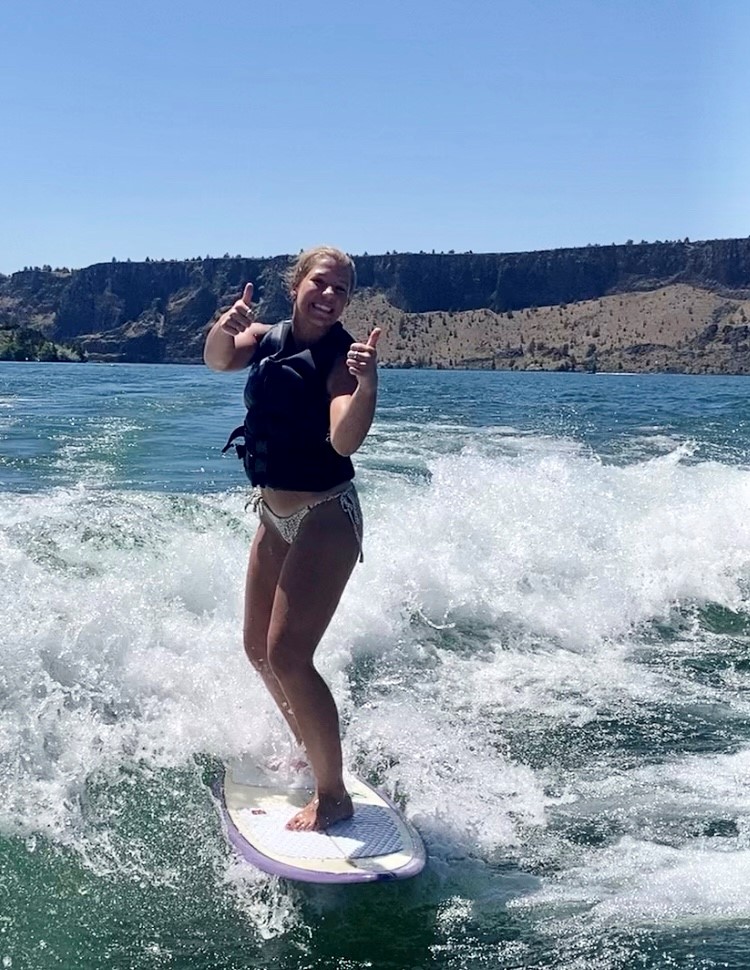
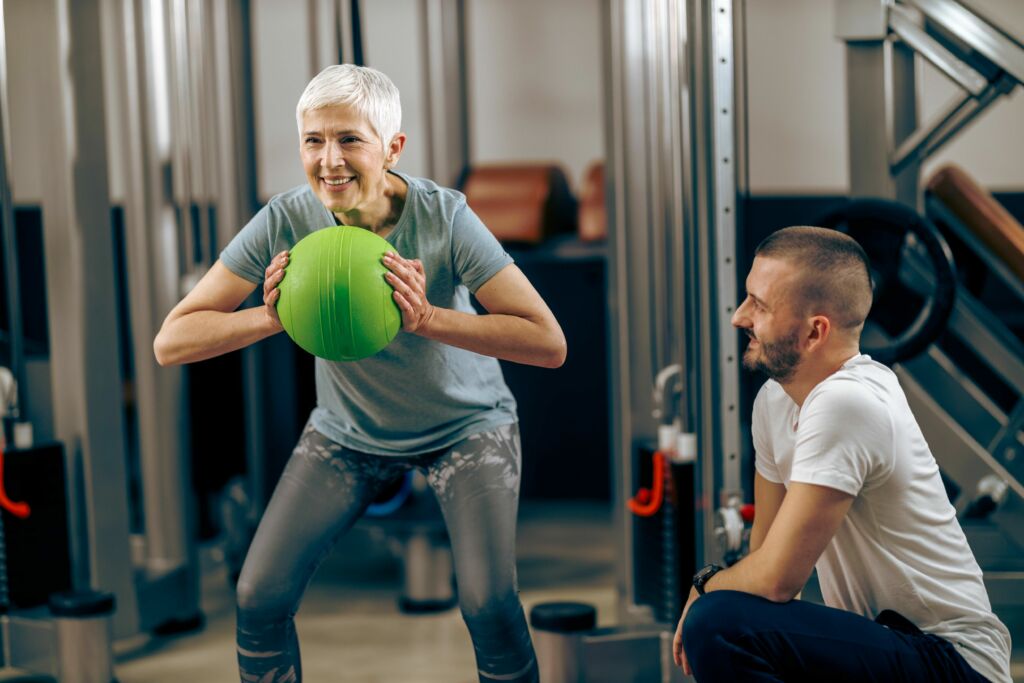
Start your physical therapy journey today.
As physical therapists, we know the importance of movement for overall health and well-being. From injury recovery to achieving optimal performance, our passion is to help every patient reach their goals and live an active, pain-free life. Get started with PT today!
